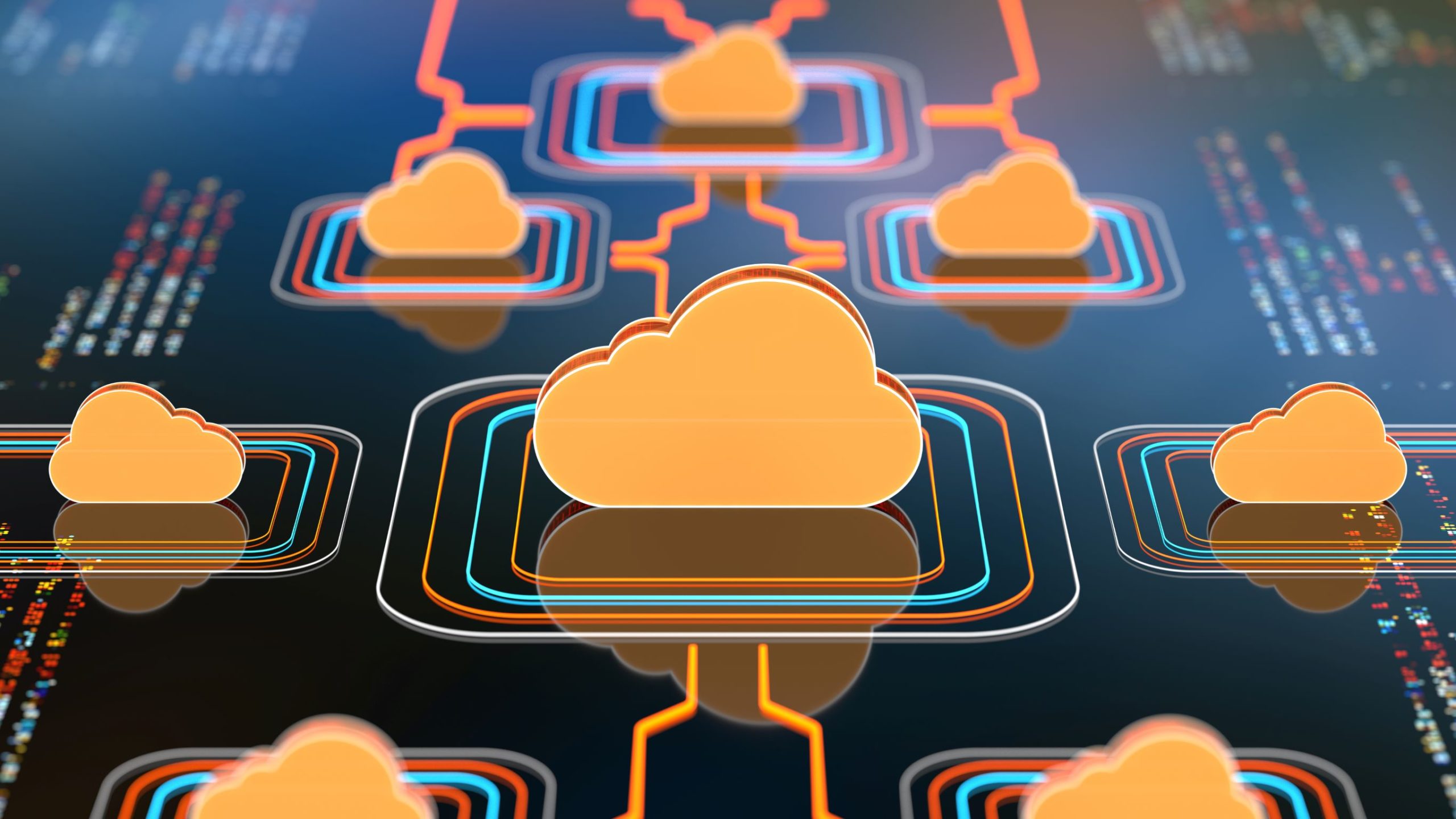
Five Ways to Protect Your Cloud Environment
By Muamer Mrkanovic, Cloud Security Engineer – Spruce Technology
“Cloud computing is an integral part of today’s technological landscape, supporting endeavors in business intelligence, real-time analytics, data storage and network development. With so much dependent on the function and security of the cloud environment, a strong protection system is critical.”
Cloud computing is an integral part of today’s technological landscape, supporting endeavors in business intelligence, real-time analytics, data storage and network development. Clouds host servers that power modern applications and deliver once-unthinkable computing power to individuals and companies. The flexible, on-demand availability of system resources has revolutionized how we use computers and has become an irreplaceable tenet of doing business.
With so much dependent on the function and security of the cloud environment, a strong protection system is critical. We’ve put together a list of five actionable steps that can be taken to help ensure your cloud environment is safe and secure in a world rife with cybersecurity threats.
Centralize Your IT Policies
Following a comprehensive cybersecurity protocol is made much more difficult when individual end-users are either unaware of or not educated on the rules and guidelines for your cloud environment. For this reason, it is important to make sure that all policies are centralized and available for all end-users to review. When these items are centralized and directly overseen by the security team, all end-users will be on the same page regarding the protection of sensitive information within your team’s workflow. If something goes wrong in your cloud computing environment, having all policies and plans centralized in one place makes responding to the event a less arduous task.
Use Consistent Access Tools
Before enabling the cloud environment, the security team should ensure that controls over the system are centralized; this includes access tools, endpoint security tools, configuration and patching tools, vulnerability scanning, and monitoring and log collection tools. All end-users should use the same protocols to access the network from any connected device. Using consistent access tools makes it easier for security teams to monitor activity, detect threats, and restrict unwanted attempts to access the cloud computing environment.
Proactively Manage Security Threats
When developing and implementing the cloud environment for your business, it’s very important to recognize and remedy all potentially exploitable flaws within the system. Even with the most stringent security measures in place, the threat of rogue actors accessing the environment remains.
Establishing a practice of proactively seeking out threats is an excellent means to ensure the long-term security of your network. Security controls should be implemented in a coherent, consistent manner to minimize inconsistencies, and network security should be segmented so that an attacker cannot access all sections of the cloud environment from one single access point. Security teams should be able to monitor all aspects of the network from one management interface to ensure direct control over the cloud environment.
Correctly Install Application Program Interfaces
Application program interfaces (APIs) are software interfaces that allow developers to link cloud computing services together. They can be vendor-specific, written to work for an individual environment, or they can be cross-platform, allowing disparate systems to be seamlessly connected to each other. There are three major types of APIs: Platform as a Service (PaaS), Software as a Service (SaaS), and Infrastructure as a Service (IaaS) . PaaS APIs provide back-end access, SaaS APIs enable connections between cloud environments at the application layer, and IaaS APIs allow for the provisioning of computing and storage resources as quickly as possible. The APIs in your network are mission critical to the continued functioning of your cloud computing environment. Ensure that these APIs are in working order and are not left vulnerable to outside actors.
Implement a Monitoring System
If somebody was in your house, wouldn’t you like to know about it? Monitoring logs keep track of user access and activity across the entirety of your cloud computing environment. Using a central monitoring solution gives a macro degree of visibility to your administrative and security teams over all events taking place within your network. There’s a good chance that your cloud environment is hosting sensitive information related to proprietary entities, trade secrets, or compliance data. Security teams need to know who has access to this information and what’s being done with it. In the event of a data breach, your monitoring system will be able to help you track down what’s been stolen and fill in the gaps in your existing security protocol.
Business moves fast, but cybersecurity threats move faster. Not sure where to start? Spruce can help. Connect with me to learn more about securing your cloud environment and moving your business forward.

